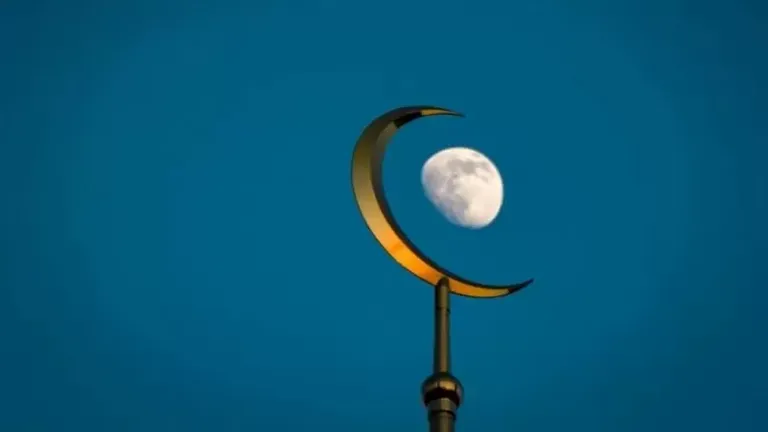Al-Battani, Ibn al-Haytham and Abu Kamil: the three great Arab mathematicians who are still referenced in modern science.
"Wouldn't mathematics exist without algebra?" Says theoretical physicist Jim Al-Khalili.
University of Surrey professor Jim Al-Khalili has made a BBC documentary, Science and Islam. He says that there are still many Arabic references in modern science.
"During the 12th to 17th centuries, European scholars regularly referred to Islamic writings of the past."
Evidence of this can be found in the famous book on the account of Leonardo of Pisa, known as Fibonacci. He is the first great mathematician in Europe.'ا"Wouldn't mathematics exist without algebra?" Says theoretical physicist Jim Al-Khalili.
University of Surrey professor Jim Al-Khalili has made a BBC documentary, Science and Islam. He says that there are still many Arabic references in modern science.
"During the 12th to 17th centuries, European scholars regularly referred to Islamic writings of the past."
Evidence of this can be found in the famous book on the account of Leonardo of Pisa, known as Fibonacci. He is the first great mathematician in Europe.John Joseph of St. Andrews University in the UK says there are many ideas that were considered the services of European mathematicians during the 16th, 17th and 18th centuries but in fact Arabic or Islamic mathematicians came up with similar ideas four centuries ago. Were
"The mathematics we study today is closer to Arabic or Islamic services than the Greeks."
Many such great mathematicians have been born in the history of the Arab and Islamic world. The following are three such names.
Jabir bin Sanan al-Batani
Juan Casada, a former professor and retired professor of Arabic and Islamic studies at the University of Madrid, says one of the great services of Arab mathematicians was to preserve Greek and Latin sciences through translation. And he took the scientific discoveries of the Indians further.
Speaking to BBC Mando, Huan Kasada said: "The significance of Albatani is that he combined astronomy and mathematics and made it a single discipline."
He applied mathematical formulas to astronomy. For example, he skillfully determined that there are 365 days in a solar year, which was a great achievement. "We are talking about the end of the ninth century and the beginning of the tenth century."
By studying the information obtained from the movement of the sun, they found that there were errors in Ptolemy's research and thus the Arabic mathematicians corrected Ptolemy's Greek heritage.He also introduced the principles of trigonometry.
Al-Khalili visited the University of Padua in Italy and found one of the most important books in the history of science written by Nicolas Copernicus.
This book is very important. Contrary to ancient Greek belief, Copernicus argued that all the planets, including the earth, revolve around the sun.
"Many historians call him the inventor of the scientific revolution in Europe."
"It simply came to our notice then.
Al-Battani was born in 858 near Orfa in Syria and died in 929 in Iraq. Copernicus used Albatani's observations to explain the existence of planets, the sun, the moon and the stars.
Also read
Al-Biruni: Scientists seeking to capture time on the "command of the Qur'an"
When Europe was writing on skins and Muslim intellectuals introduced paper there
Al-Farabi: Those who tried to explain Islam through Greek philosophy
Ibn al-Shater was an astronomer and mathematician who was born in Damascus around 1304, Jamie Cordero, a professor of Arabic and Islamic studies at the University of Salamanca in Spain, told the BBC. "He is rarely recognized in the West because his work was not translated into Latin."
However, he says that during the 1980's, researchers discovered a model of the planet Al-Shater and realized that it was the same model that Copernicus proposed a few centuries later.
Ibn al-Haytham
Sheikh Mohammad Razaullah Ansari, a professor of physics at Aligarh Muslim University in India, wrote an article for the UNESCO website. In it he tells of an Arab scholar of the 10th and 11th centuries who devoted his life not only to mathematics but also to physics, mechanics, astronomy, philosophy and medicine.
